- Home
- About Us
- Products
-
Heat-Pump Dehumidifier DeAir
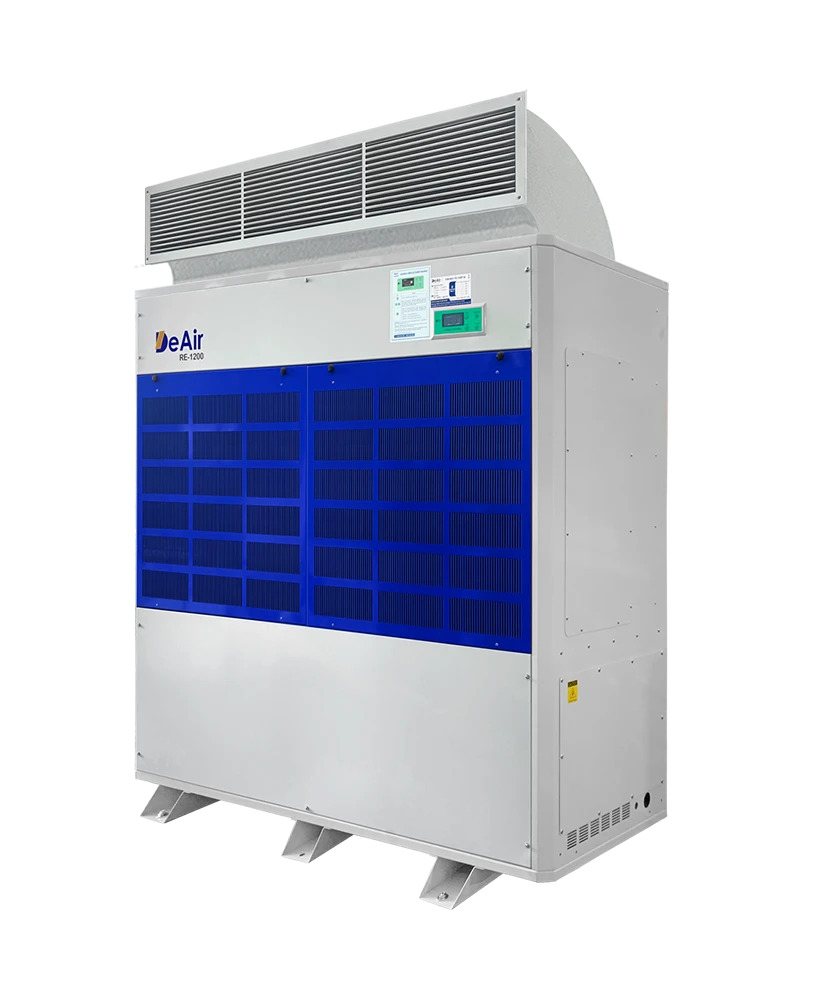 DeAir.RE
DeAir.RE -
Heat-Pump Dryer DeAir.RE-H
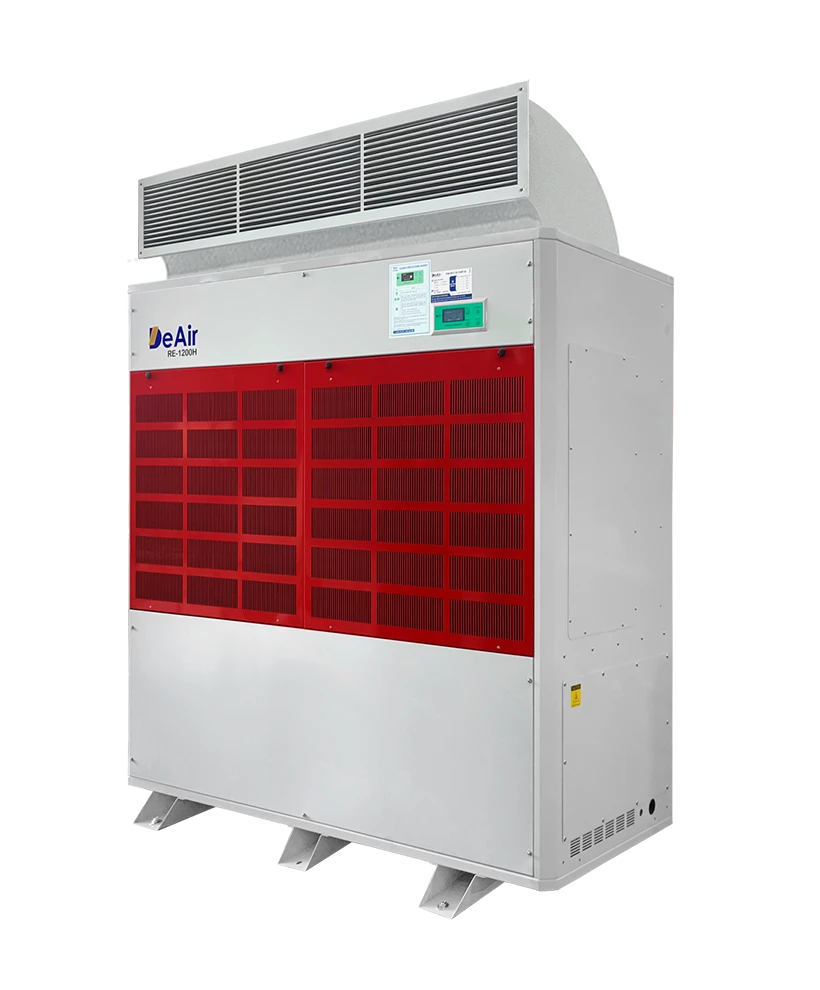 DeAir.RE-H
DeAir.RE-H -
Heat-Pump Stainless Steel Dehumidifier
 DeAir.RE-INOX
DeAir.RE-INOX -
Heat-Pump Isothermal Dehumidifier DeAir.CRE
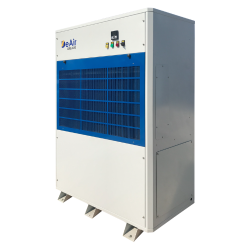 DeAir.CRE
DeAir.CRE -
Dezenno Dehumidifier
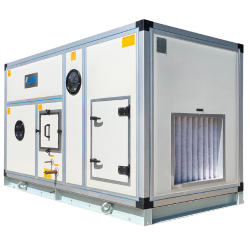 Dezenno
Dezenno -
Heat-Pump Ceiling Mounted Dehumidifier DeAir
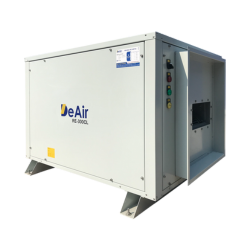 DeAir.RE-CL
DeAir.RE-CL -
Dehumidifier Olmas
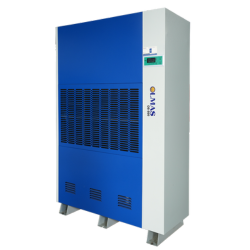 Olmas-OS
Olmas-OS -
Industrial Humidifier DeAir
 DeAir.HM
DeAir.HM -
Heat-Pump Dryer Daxwell
 Daxwell
Daxwell -
Electric Duct Heater DeAir
 DeAir.Heat
DeAir.Heat -
Air Handling Unit Dezenno.MAX
 AHU
AHU
-
- Services
- Projects
- Warranty – Maintenance
- News
- Contact
Dehumidifier Noise Levels: Understanding to Make the Optimal Choice
19/09/2024
Are you looking for an effective dehumidifier but worried about its noise level? While no dehumidifier is completely silent, the dehumidifier noise level can vary significantly depending on the type and manufacturing technology. Understanding the typical dehumidifier sound level will help you make an optimal choice, ensuring a quiet and comfortable living space.
Most dehumidifier manufacturers list the dehumidifier noise level in decibels (dB) within the product specifications. For easy reference and visualization, you can use the comparison chart below to better understand common sound levels:
| No. | Noise Level (dB) | Hearing Threshold (Equivalent Sound) |
| 1 | 10 dB | Breathing |
| 2 | 20 dB | Falling leaves |
| 3 | 30 dB | Whispering |
| 4 | 40 dB | Falling raindrops |
| 5 | 50 dB | Average home sound |
| 6 | 60 dB | Normal conversation |
| 7 | 70 dB | Vacuum cleaner operating |
Key Factors When Choosing a Dehumidifier
Beyond noise level, there are several other factors you should consider to select the most suitable dehumidifier for your needs:
1. Reasonable Power Consumption
Most dehumidifiers on the market use 220V power (typical household electricity and do not require special wiring). However, some high-capacity dehumidifiers can draw a significant amount of energy. You should be cautious not to overload a circuit with multiple high-energy-consuming appliances (for example, placing a refrigerator or portable air conditioner on the same circuit). Please refer to the product description for more detailed information on dehumidifier power consumption. Power consumption will vary depending on the model and your environmental conditions.
2. Special Features
Many current dehumidifiers are equipped with special dehumidifier features, adding convenience to your life and allowing you to optimize the unit to best suit your needs. Some special features worth considering when shopping are:
- Wheels for easy mobility
- Digital controls
- Humidistat (humidity sensor)
- Remote control
- Multiple fan speeds
- Convenient handles
- Built-in timer
- Internal condensate pump (especially useful for continuous drainage)
- Various housing finishes (design, color)


Additionally, there are other accessories you can explore in our dehumidifier selection for factories and production facilities.
3. Dehumidifier Maintenance Schedule
Dehumidifier maintenance and keeping the unit running well is not a difficult task. After proper installation, most dehumidifiers will operate without much user re-adjustment. However, for it to work effectively and last long, ensuring it's worth your investment, you should follow a general maintenance schedule:
- Change the air filter when necessary (Typically every 6 months, depending on frequency of use and environment).
- Drain all water from your dehumidifier before storing it away.
- Consult a professional technician for any necessary repairs (Check your warranty for more specific information on covered parts/services).

Regular maintenance will ensure your dehumidifier has a long lifespan. A quality dehumidifier can last from 3-15 years depending on the type and how it is used and maintained.
Sign up for news from DeAir
Related news






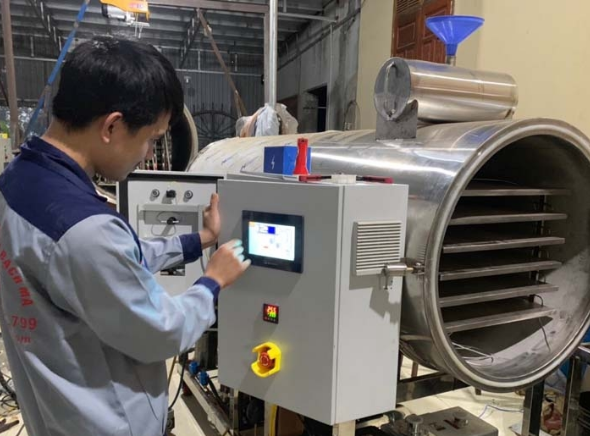



![[Case Study] DeAir Installs DeAir.De Rotor Humidity Control System for Pharmaceutical Plant in Binh Duong [Case Study] DeAir Installs DeAir.De Rotor Humidity Control System for Pharmaceutical Plant in Binh Duong](https://deair.com.vn/thumbs/news/2023_04/ban_giao_may_cho_duoc_bd/[270x153-cr]image1-1024x772.jpg__cv.webp)

![[Review & Guide] Olmas OS-300: The New Humidity Control "Warrior" for Medium to Large Warehouses [Review & Guide] Olmas OS-300: The New Humidity Control "Warrior" for Medium to Large Warehouses](https://deair.com.vn/thumbs/news/huong_dan_su_dung_may_olmas_21/[270x153-cr]vtm06440.png)